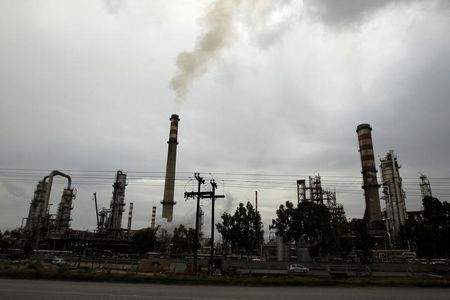Gas Prices Surge 30% in the US as Demand Rises
Price Spikes Fuel Supply Concerns
Gas prices in the US have risen sharply by 30% over the past three weeks, exceeding $2.50 per million British thermal units (mm/BTU). This surge is driven by a combination of production declines and increased feedgas demand for LNG exports.
Factors Contributing to the Rise
A series of producer cuts, maintenance events, and the normalization of gas demand post-outage by Freeport LNG have all played a role in pushing prices higher. Additionally, Cheniere’s announcement of no heavy maintenance for its liquefaction trains this year has further supported the upward trend.
Outlook and Concerns
Goldman Sachs strategists predict that the return of gas prices above $2/mmBtu aligns with expectations, reducing storage congestion risks for the upcoming summer. However, they caution that further price increases could lead to congestion concerns, impacting gas demand compared to coal.
Impact on Production and Competitiveness
Higher prices may prompt the restart of previously shut-in wells, with major producers like EQT indicating readiness to resume production if prices stay above $1.50/mmBtu. While Appalachia prices have not risen as much as NYMEX, the local hub’s average price has shown a notable increase.
Global Trends and European Market
European gas prices have also seen an uptick, albeit less steep than in the US. NW European gas storage levels are at a record high, despite weak LNG imports relative to last year. Goldman strategists expect a decline in European LNG imports in the coming months due to global production shifts.
Evolving Market Dynamics
Overall, the gas market is experiencing fluctuations driven by a complex interplay of supply, demand, and global factors. While prices have surged in the US, challenges remain in maintaining a balance between profitability and sustainable production levels.



